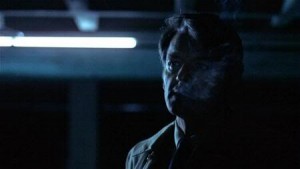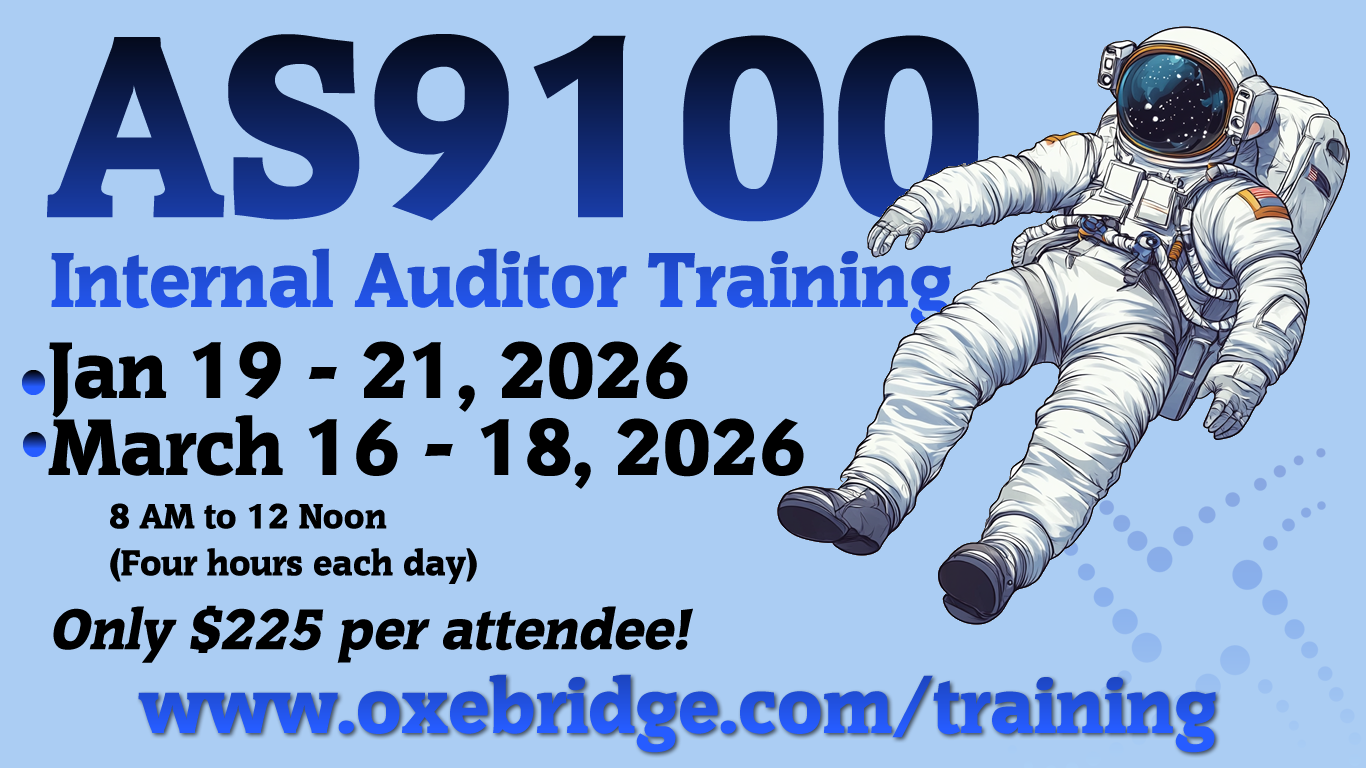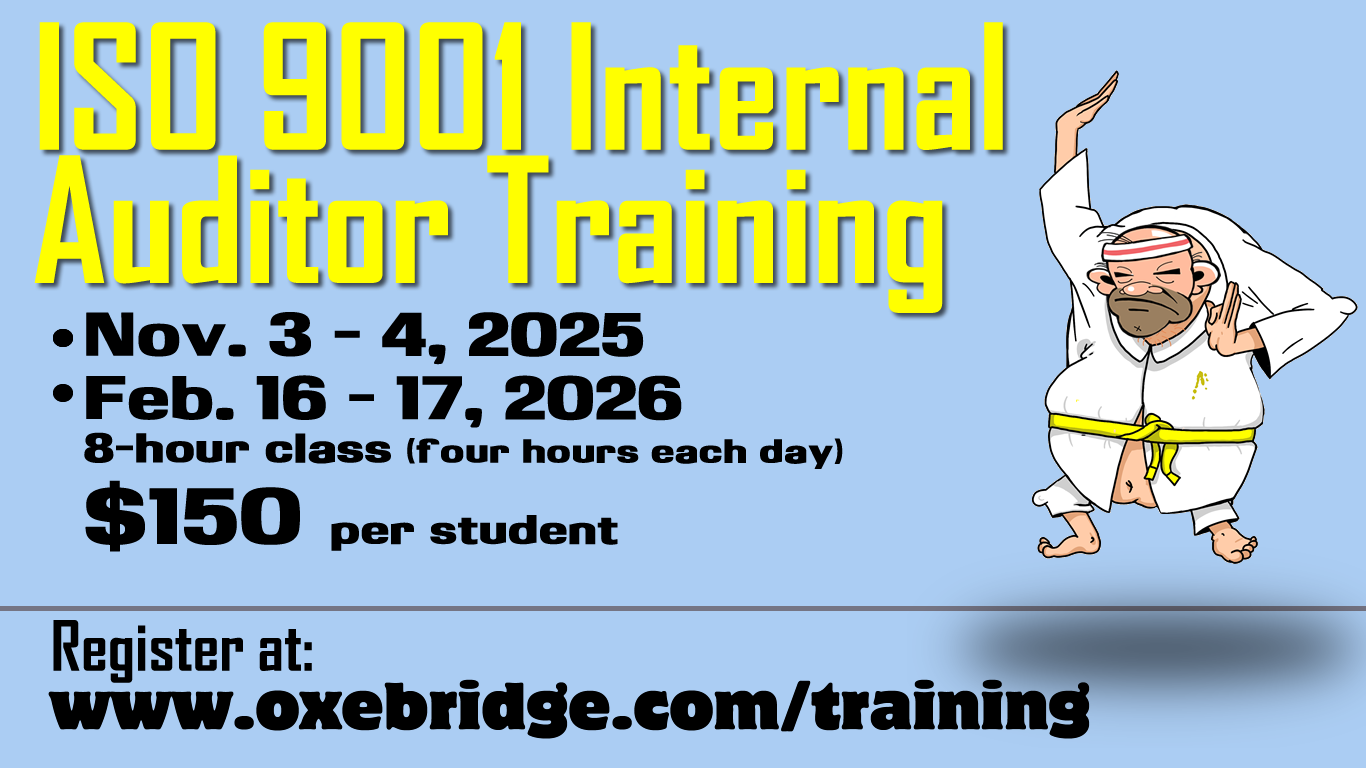 The ISO 9001:2015 draft is leaked like a pirated DVD screener, so let the pre-release reviews commence.
The ISO 9001:2015 draft is leaked like a pirated DVD screener, so let the pre-release reviews commence.
As you probably know, I’ve “sat out” this round of 9001 development and have not participated in the US TAG to TC 176 this time. So I’ve relied on my ever-growing network of spies, plants and trenchcoated Deep Throats to provide me information on this revision. Many cigarettes were smoked in dark parking garages. (By them, not me. I don’t smoke.)
I am just sifting through it, so here’s some random thoughts in no particular order:
- There’s a lot missing. This is pretty rough.
- It’s still manufacturing-biased. Seriously, TC 176, you do realize that some companies don’t make widgets?
- Yes, risk is in there. Good luck with that.
- Speaking of risk, clearly the guys who wrote ISO 9001 didn’t read ISO 31000, as the definitions don’t align, and may even contradict.
- Despite much bluster, there’s no true “systems approach,” proving that those on the TC still don’t understand the difference between processes and systems. That’s a good thing, because it just would have confused auditors and users further.
- No improvements on document control. If anything, it’s worse. Let’s hope they fix this yet, but mentioning “reference number” as an example of a method of document identification virtually assures that auditors will be mandating document numbers on every organization in the world now.
- There are two strange references to “Quality Management Principles” which may be required beyond the Quality Policy. Not sure if these will be imposed on users by defining them in ISO 9001, or if they will be required to be defined by the user for their particular organization. I assume the former.
- They changed it again: it’s now monitoring and measurement instruments, because “equipment” and “devices” were too confusing, I suppose.
- Design requirements adopt a little from the software model world, but this doesn’t negate the standard’s overall troublesome manufacturing-bias.
So we are left with a standard that changes just enough to be irritating, and which will require companies to spend a lot of money rewriting documents to comply. It doesn’t offer anything in the way of significant advancements in quality, is still very much manufacturing-biased, remains impossible to objectively audit, and ultimately will do nothing to stem the world’s rejection of ISO 9001.
Here’s hoping they can clean it up a bit more before 2015’s final draft hits the printers.
Christopher Paris is the founder and VP Operations of Oxebridge. He has over 35 years’ experience implementing ISO 9001 and AS9100 systems, and helps establish certification and accreditation bodies with the ISO 17000 series. He is a vocal advocate for the development and use of standards from the point of view of actual users. He is the writer and artist of THE AUDITOR comic strip, and is currently writing the DR. CUBA pulp novel series. Visit www.drcuba.world







